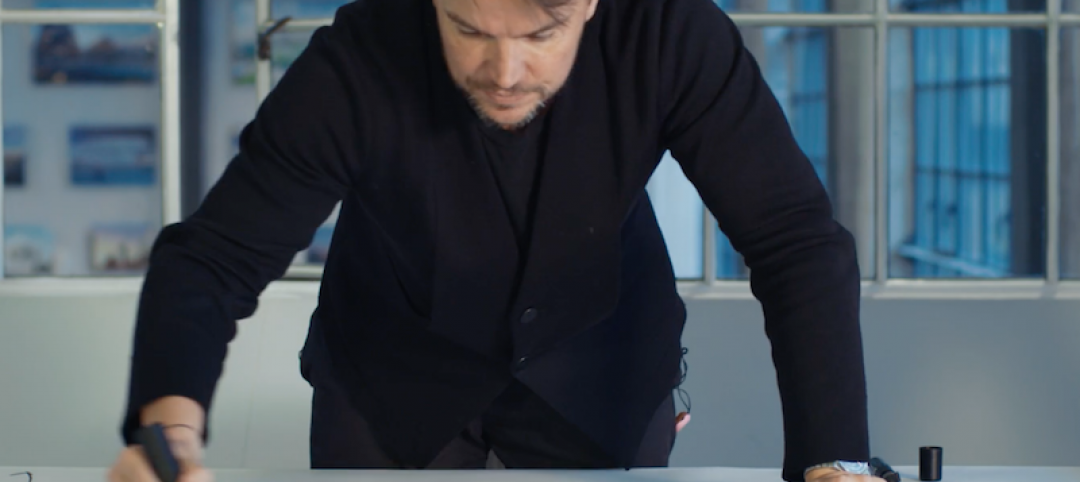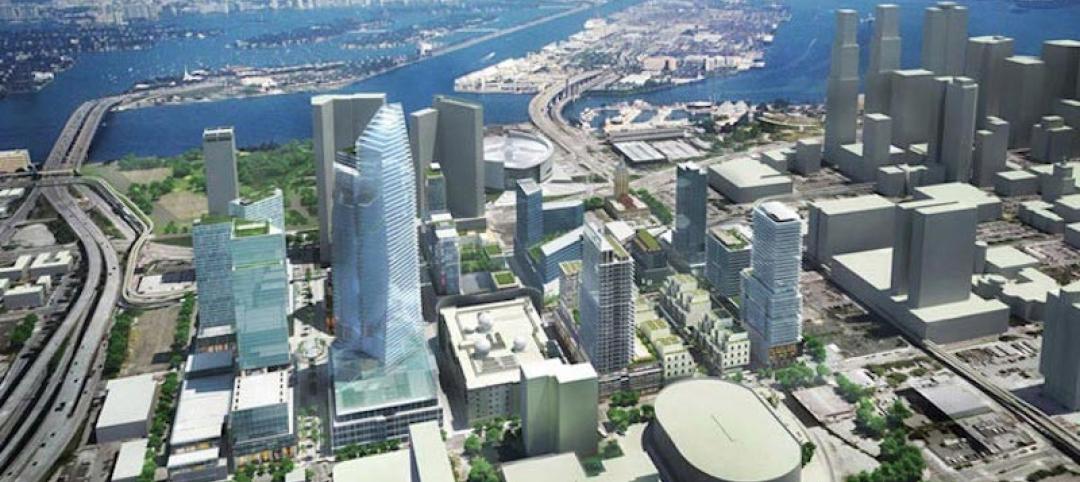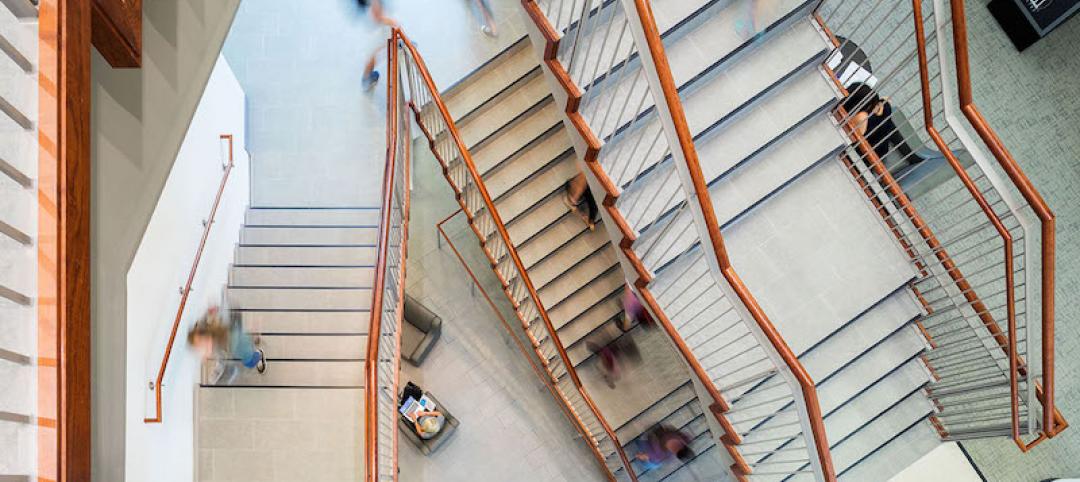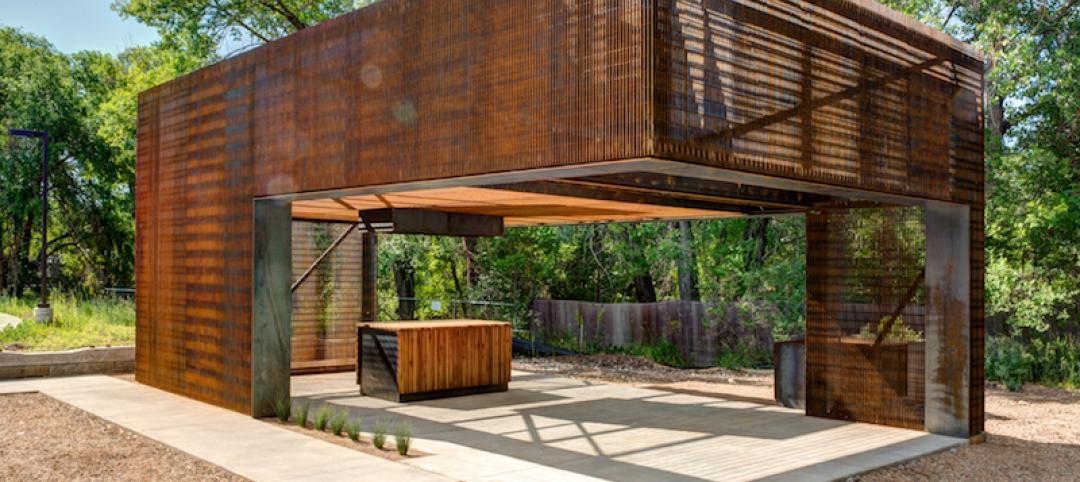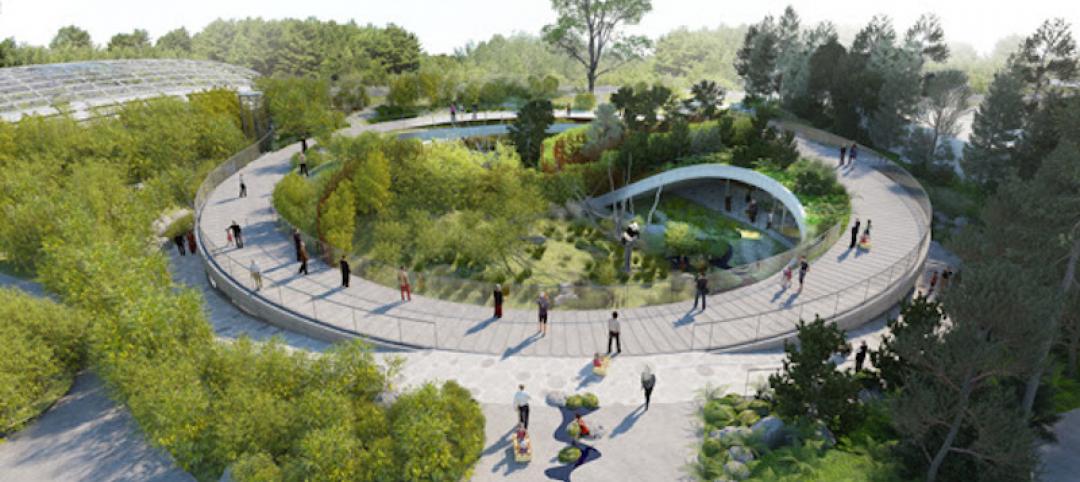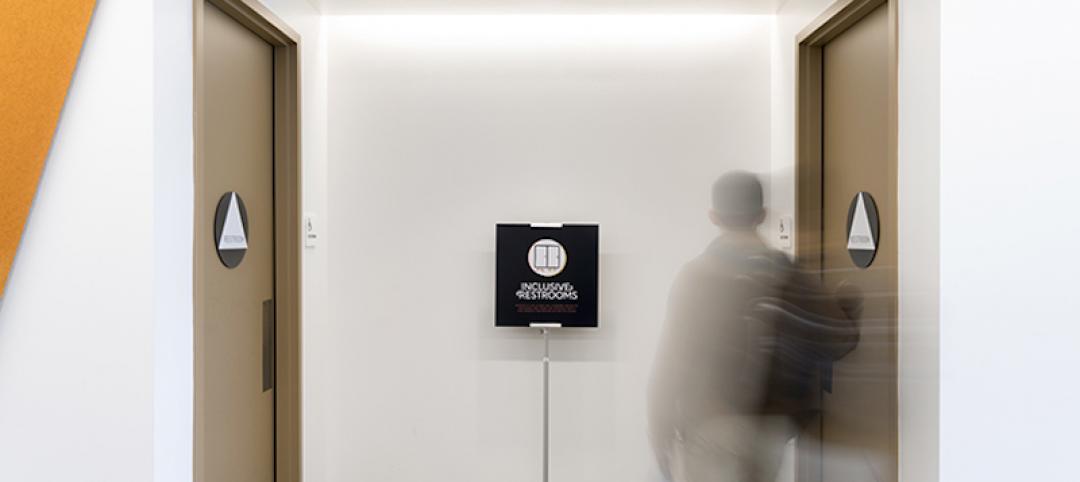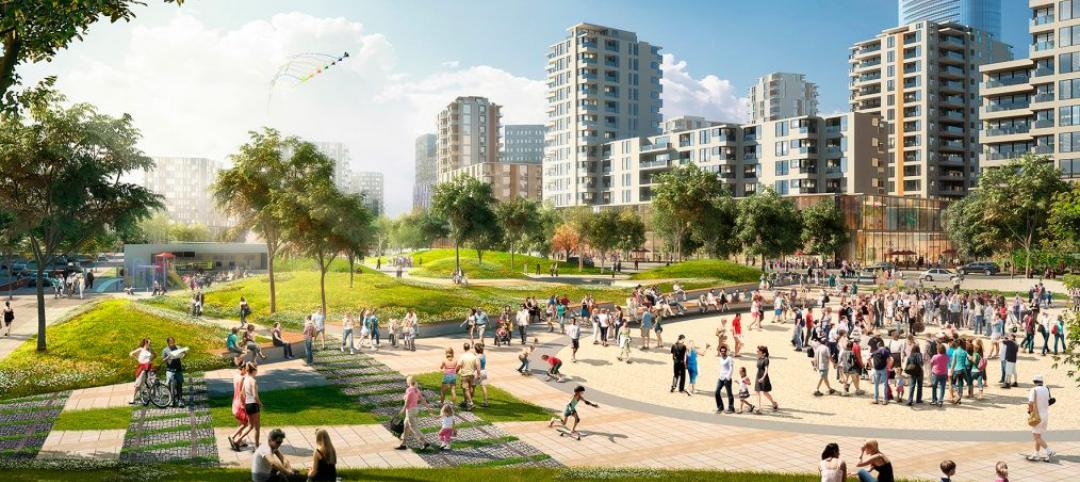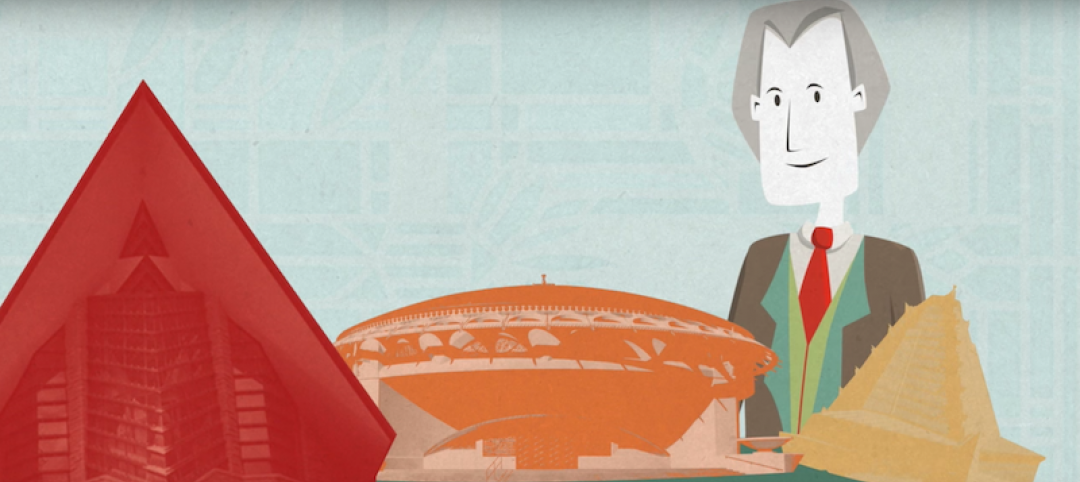By 2050, it is estimated that 70% of the world's population will live in cities. But as society and technology change, so will the urban landscape—and our metropolitan future will be quite different from current cities, according to Fast Company and a panel of design experts.
Across the cultural grid, from food to retail to transportation, America's urban areas are already undergoing a major metamorphosis. Here are the six major trends shaping our cities, from Fast Company:
1. The "sharing economy" will apply to housing, too. The line between public and private spaces will continue to blur as people move into a wider range of spaces with shared kitchens and living rooms, while renting or owning their own bedrooms and bathrooms.
2. Restaurants will double as living rooms. City populations are only getting more densely packed, meaning that living space is at a premium. As homes shrink, restaurants will become not just a place to eat, but needed space for socializing.
3. Your office will look like a library. Every day, it grows easier to work from home. As a result, employees have begun to expect workspaces more comfortable, socially-oriented spaces when they do go into the office, and this is changing how offices are designed.
4. The big-box store will be on the block, but you won't need to go. Big-box retailers such as Walmart and Target are moving into the city, but shopping is slowly booming more automated—so you may simply be able to bring the store home with you.
5. Your health will become a retail product. More healthcare facilities are mimicking retail locations in their style, and health is becoming a consideration for all types of design and building projects.
6. Infrastructure and transportation. Technology will quicken the pace of infrastructure and transportation innovation, making intercity travel faster and safer.
Read the full article at Fast Company.
Related Stories
Architects | Apr 10, 2017
New Bjarke Ingels documentary gives a peek behind the curtain
The movie takes a slightly darker tone than previous projects chronicling the starchitect’s rise to prominence.
Architects | Apr 4, 2017
Architect Howard Elkus dies at 78
Cofounder of Elkus Manfredi Architects, his career spanned five decades, and included a spectrum of major design projects.
Building Team | Apr 4, 2017
Dispelling five myths about post-occupancy evaluations
Many assume that post-occupancy (POE) is a clearly-defined term and concept, but the meaning of POE in practice remains wildly inconsistent.
Structural Materials | Apr 3, 2017
Best of structural steel construction: 4WTC, Fulton Center, Pterodactyl win AISC IDEAS2 Awards
The annual awards program, sponsored by the American Institute of Steel Construction, honors the best in structural steel design and construction.
Green | Mar 29, 2017
Copenhagen Zoo and BIG unveil yin yang-shaped panda habitat
The new habitat will sit between two existing buildings, including the Elephant House designed by Norman Foster.
Architects | Mar 28, 2017
A restroom for everyone
Restroom access affects everyone: people with medical needs or disabilities, caretakers, transgender people, parents with children of the opposite gender, and really anyone with issues or needs around privacy.
High-rise Construction | Mar 27, 2017
Density and tall buildings
CRTKL’s Maren Striker examines Europe’s desire to build upward.
Architects | Mar 9, 2017
Watch Frank Lloyd Wright and Buckminster Fuller discuss architecture in animated video shorts
Given more time, Wright wanted to rebuild the country and change the nation.
Architects | Mar 6, 2017
Demolished Frank Lloyd Wright buildings get new life with photorealistic renderings
Architect David Romero recreated the Larkin Administration Building and the Rose Pauson House with detailed, fully colored renderings.


